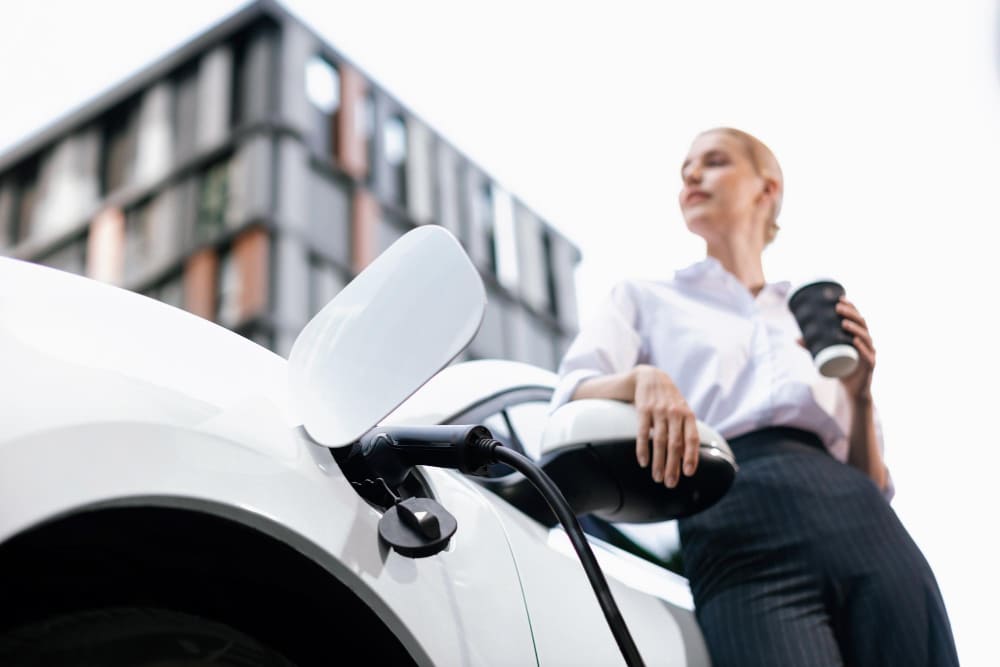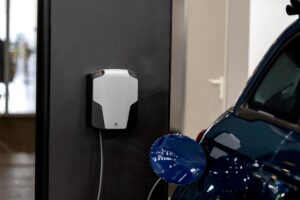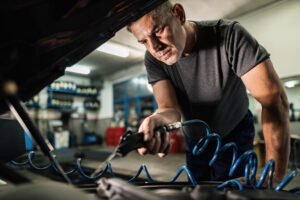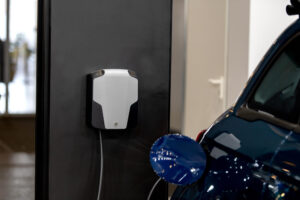As the rise of electric vehicles (EVs) is revolutionizing transportation, the number of EV drivers keeps increasing. This inspires many people to join the silent automotive revolution: driving an EV.
Before revving up those engines, EV drivers need to familiarize themselves with the essential concepts that every EV driver should know, from important terms to what it is like driving an EV.
Get ready for this basic EV driver guide and discover how you, too, can be a part of this silent revolution. Read on!
Terms Every EV Driver Should Know
From battery to regenerative braking, let’s dive into the terminology that will empower you as an EV driver. So buckle up, and let’s get started!
Lithium Ion (Li-ION) Battery

A Lithium-ion battery is a rechargeable type that utilizes lithium ions to store and release energy.
It is a vital component of electric vehicles, providing high energy density, longer lifespan, and lightweight properties.
This battery type is used by most electric vehicle manufacturers worldwide, including Tesla and Nissan LEAF.
There are different types of lithium-ion batteries found in EVs, including Lithium Nickel Manganese Cobalt Oxide (NMC), Lithium Iron Phosphate (LFP), Lithium Nickel Cobalt Aluminum Oxide (NCA), and Lithium Manganese Oxide (LMO).
Each type has its own characteristics and is chosen based on factors like performance, cost, and safety.
Onboard Electric Car Charger
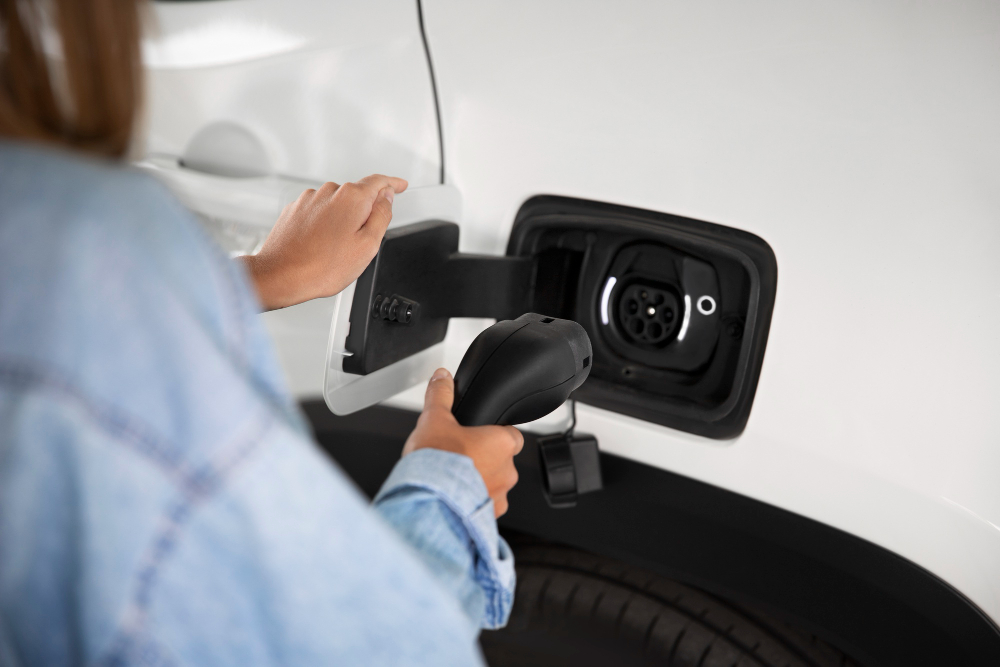
Besides understanding basic charging etiquette, EV drivers should comprehend that the public EV charging station is not the only determinant of an EV’s charging speed. Instead, the Onboard Electric Car Charger plays a bigger role.
Also known as the Onboard Charger (OBC), this device is an essential component built into electric vehicles. Its main function is to convert AC power from an external source, like a charging station or the electric grid, into practical DC power to recharge the vehicle’s battery.
The OBC manages the flow of electricity and ensures efficient charging. It plays a crucial role in enabling EV drivers to recharge their vehicles and extend their driving range conveniently.
Inverter
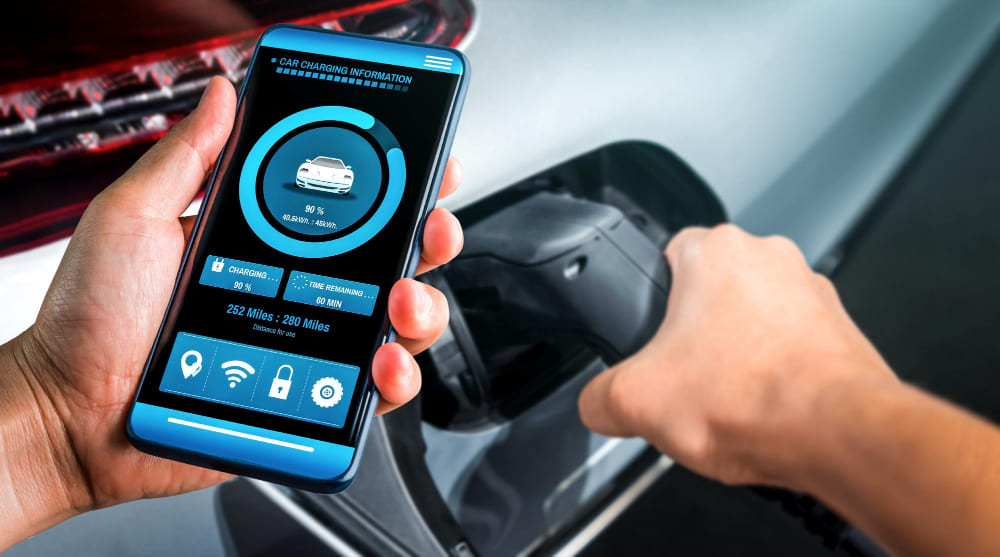
An inverter refers to a power electronic device or circuitry that converts direct current (DC) electricity into alternating current (AC) electricity.
In simpler terms, it changes the electrical current from the battery of an electric vehicle to the type of current needed to power various components and systems within the vehicle, like the motor, AC, infotainment systems, and charging system.
Regenerative Braking
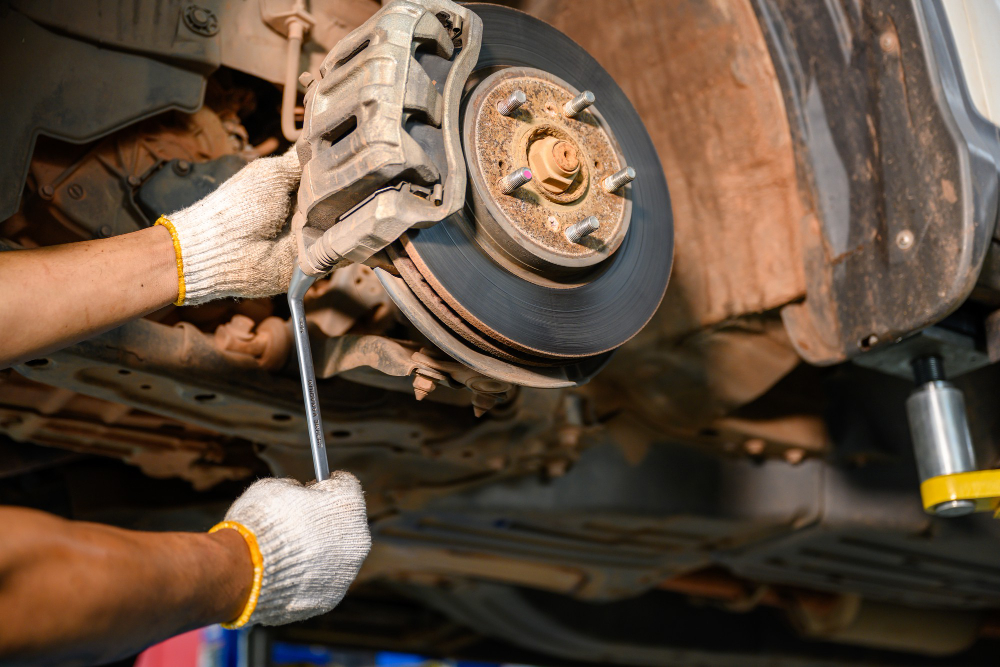
One prominent EV part you won’t find in other traditional ICE vehicles is regenerative braking. It is an energy recovery mechanism that captures and utilizes the energy typically lost during braking to recharge the vehicle’s battery.
In EVs, the mechanism works by converting the kinetic energy of a moving vehicle into usable electrical energy. This energy is then stored in the battery for later use, helping to extend the vehicle’s range and improve overall efficiency. Thus, it reduces dependence on traditional friction brakes.
kW vs kWh
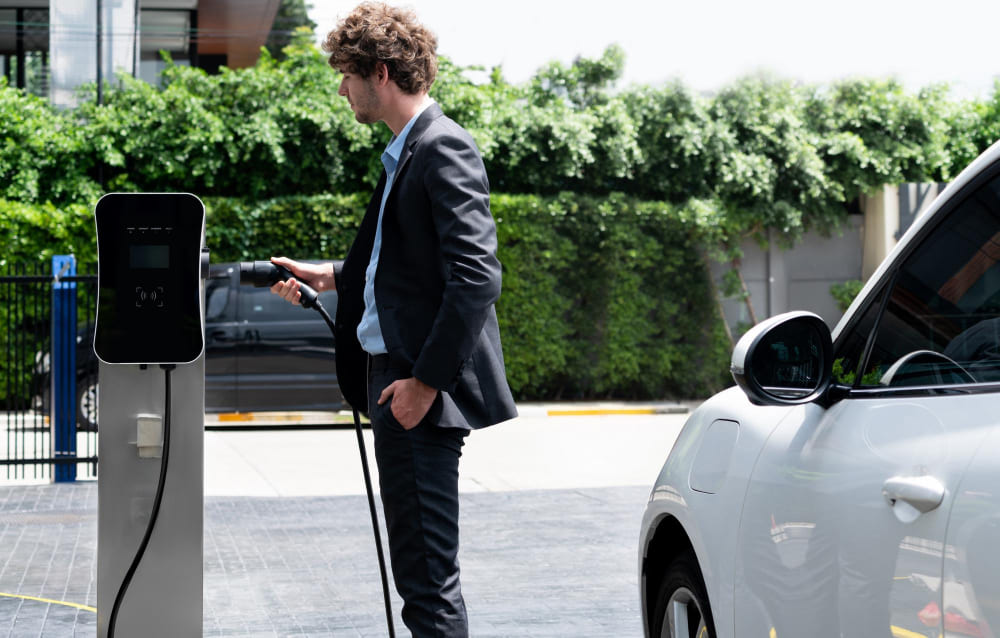
In short, kW stands for kilowatt and is a unit of power, while kWh stands for kilowatt-hour and is a unit of energy.
In the context of EVs, kW is commonly used to indicate the power output of the vehicle’s electric motor. It determines how quickly the vehicle can accelerate and maintain high speeds.
Meanwhile, kWh is typically used to describe the capacity of the vehicle’s battery. This unit indicates how much energy the battery can store and how far the vehicle can travel on a single charge.
Is Driving an Electric Car Different?
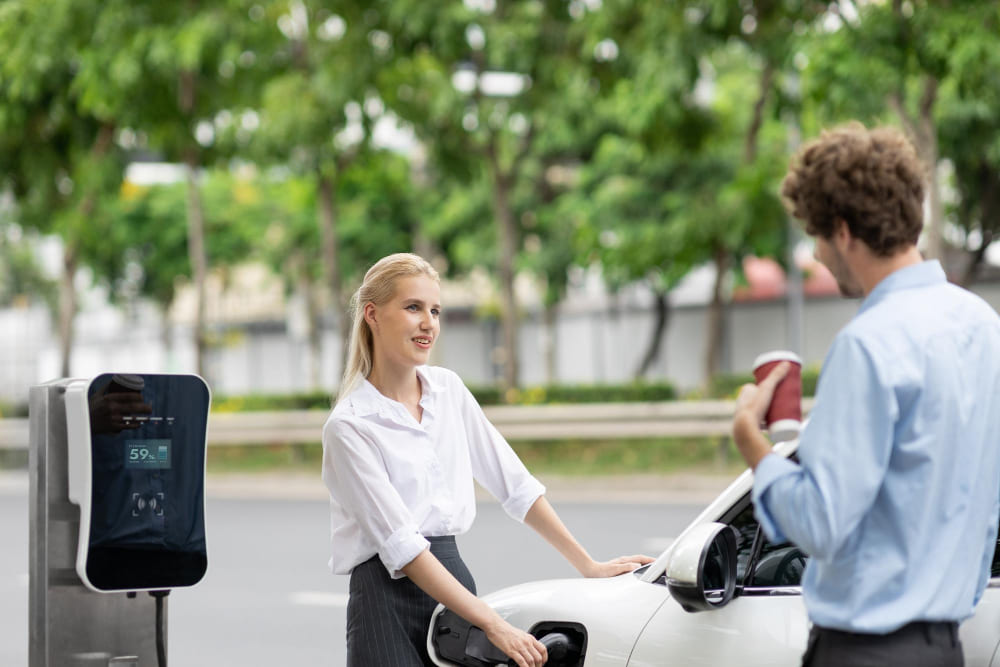
Driving an electric car is a unique experience that sets it apart from driving internal combustion engine vehicles.
One of the major differences is that electric cars operate with significantly reduced noise levels due to the absence of an ICE.
While this creates a more serene and peaceful driving environment, you might need time to adjust since engine noise is also necessary to gauge speed.
Moreover, electric cars offer instant torque, providing quick acceleration right from a standstill. In contrast, traditional cars may require a brief moment to reach their maximum speed.
Lastly, the most vital difference is that driving an electric car exudes zero tailpipe emissions, contributing to improved air quality.
What is It Like Driving an Electric Car?
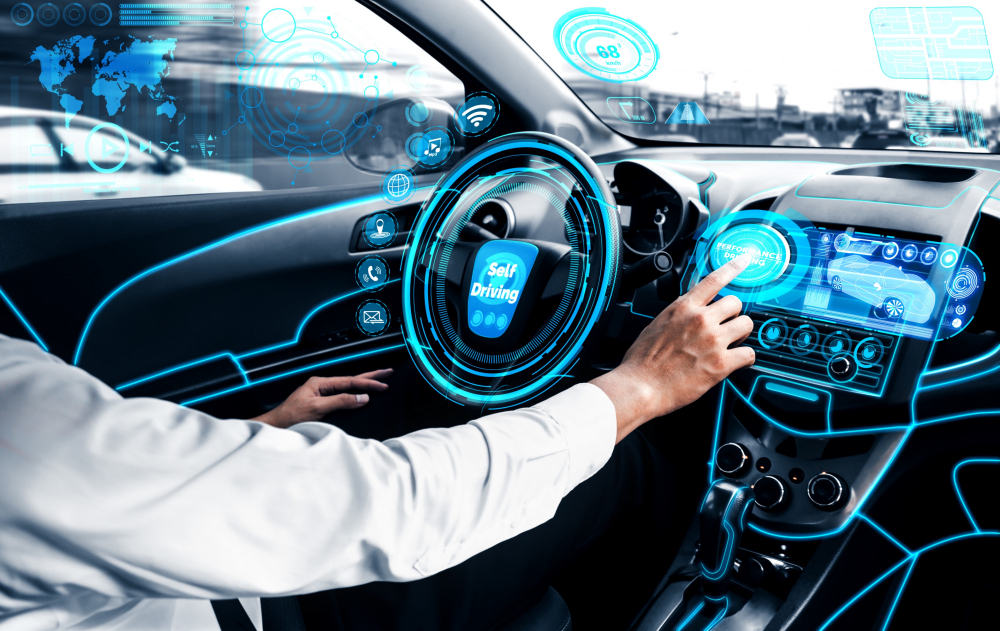
While driving an electric car might seem similar to a gasoline-powered car, there are several differences. Let’s talk about it further.
Starting the electric car is easy; step on the brake pedal lightly and press the “Power” button to turn it on. Take note that the dashboard might look different due to the electric components.
Next, familiarize yourself with the gear shifter or gear buttons; most electric cars have automatic transmissions with “Drive” (D) and “Reverse” (R) options. With the car in “Drive,” gently press the accelerator pedal to begin moving.
It’s important to note that electric cars have instant torque, so be cautious with the pedal until you get used to the acceleration.
Familiarize yourself with regenerative braking, a feature that recovers energy when you release the accelerator or lightly apply the brake pedal.
When you reach your destination, engage the parking brake and put the car in “Park” (if available) before turning off the vehicle by pressing the “Power” button.
What is the Most Efficient Way to Drive an Electric Car?

Before you really drive your EV, ensure to precondition the cabin while the vehicle is connected to a charger; it helps reduce reliance on battery power for heating or cooling once the journey begins.
When everything’s set, start to drive gently, accelerating and decelerating smoothly to avoid unnecessary energy consumption.
By utilizing regenerative braking, which converts kinetic energy into electrical energy, you can further increase efficiency by gradually lifting your foot off the accelerator pedal when slowing down or stopping.
Additionally, watching your speed and driving at moderate speeds helps conserve energy and increase the car’s range.
To reduce energy consumption further, you can minimize the usage of HVAC systems, such as heating and cooling. Or, you can activate the Eco mode to optimize energy usage.
Frequently Asked Questions
What happens if an EV runs out of battery?
If an EV runs out of battery, it will come to a complete stop, and the vehicle will be immobile until the battery is recharged. Thus, drivers should heed warnings and find EV charging stations in time.
What is EV qualification?
“EV qualification” refers to the requirements individuals or entities must meet to access benefits or incentives related to EVs. These qualifications vary, including incentives, carpool lane access, parking benefits, charging discounts, tax exemptions, and fleet incentives.
What is the EV policy in Australia?
Australia does not have a uniform national policy for electric vehicles; each state and territory sets its own EV regulations. Some key points about Australia’s EV policy are purchase incentives, charging infrastructure, road user charges, and fleet procurement.
Conclusion
In conclusion, with more people embracing the revolutionary transition to electric vehicles, it is important for every EV driver to have a thorough knowledge of their EVs.
As the silent revolution of EVs gains momentum, it is clear that the role of the EV driver will continue to shape the bright future of transportation, paving the way for a more sustainable, environmentally-friendly mobility landscape.
Interested in joining this electric revolution? Visit Kilowatt Cars now to start your own EV adoption with the best second-hand electric vehicles for sale in Australia and second-hand electric vehicles for sale in Kiewa!

